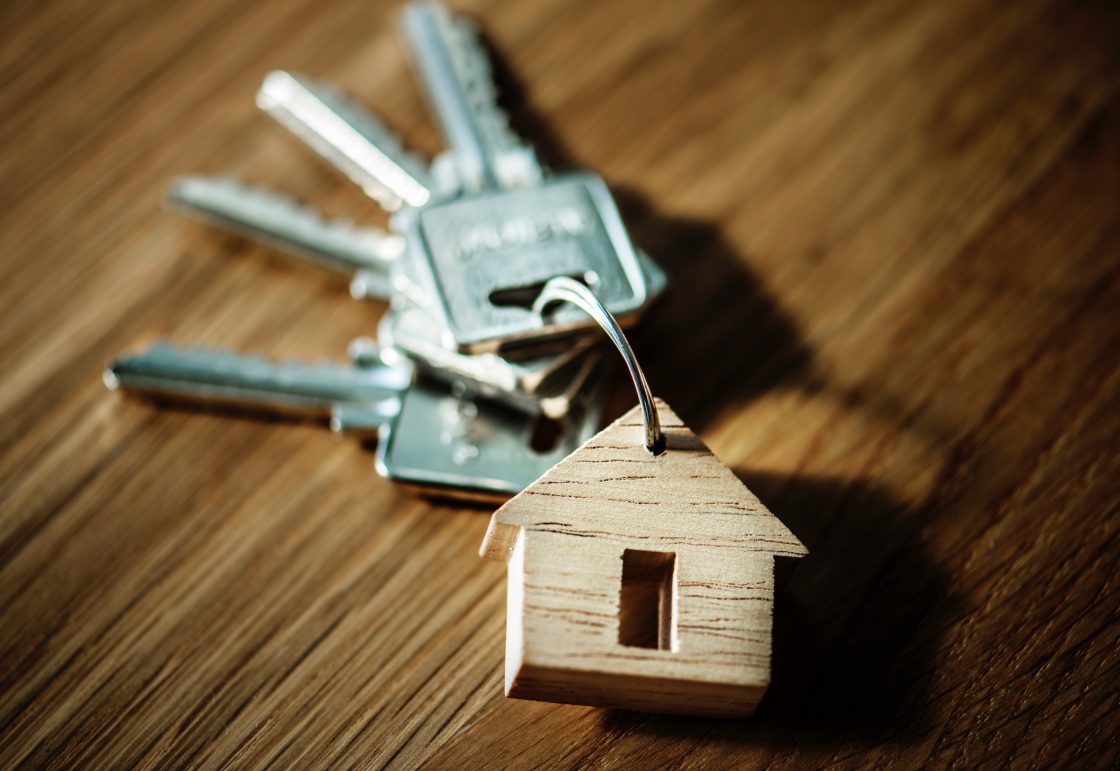Municipal Offices and Moving in Japan

All the process involved with moving in Japan can be cumbersome and overwhelming. This article covers the basics of registering your move with local municipal offices.
A New Home Sweet Home
For many people, moving can be fun and though thinking about what furniture and decorations you want to buy may be the biggest things on your mind, there are some other important procedures to take care of as well. Submitting a jūmin idō todoke (Change of Residence Form) to the local municipal office is something that all people (even Japanese) must do when moving to a new address. It is especially important for foreign nationals to complete this process as it is also the means by which you inform the Japanese government of your residence. This is a legal requirement for maintaining residency status. Here we will discuss the process and what it entails.
Moving in – Tennyū
When first arriving in Japan, you will need to report to the nearest municipal office to register your new address and have it reflected on your residence card. You will need to following documents to complete the process:
- Jūmin Idō Todoke – 住民異動届
The change of residence form is a single form used to report when you are moving into, out of, or within a municipality and generally asks for the following:
- Person Submitting the Form – Todokedenin (届出人)
- Full name – shimei (氏名)
- As written on your residence card (Last, First, Middle)
- Relationship to the person being registered – Honnin to no Kankei (本人との関係)
- If submitting by yourself, write honnin (本人)
- If somebody is submitting this on your behalf, they will write their relationship to you here
- Contact Details for Person Submitting the Form– Renrakusaki (連絡先)
- Phone Number – Denwa 電話
- Address – Jūsho (住所)
- Date of Submission – Todokedebi (届出日)
- Some forms ask for this to be written in the Japanese calendar format.
- i.e. Heisei 30, March 21
- Some forms might allow the date to be written with the Western year (seireki – 西暦)
- If you’re every unsure, be sure to ask one of the nearby Japanese staff
- This date should be within 14 days after the move-in date
- You may not report moving into a city before moving in
- Date of Move – Idōbi (異動日)
- This is the day that you will start or started living at your new residence
- This may also be written as tennyuubi (転入日 – move-in date) or hikkoshibi (引っ越し日 – moving date)
- New Address – Shinjūsho(新住所)
- Head of Household – Setainushi(世帯主)
- If you are living alone, write your name here
- If you are living with non-relatives, write your name here
- If you are living with a spouse and they are your dependent, write your name here
- Old Address – Kyūjūsho (旧住所)
- Setainushi – 世帯主
- Write the name of the former head of household here
- Names of People Moving – Idōsha (異動者)
- Setainushi – 世帯主
- Head of Household – Setainushi(世帯主)
- Some forms ask for this to be written in the Japanese calendar format.
- Full name – shimei (氏名)
These will be the names of any dependents living with you
- Date of Birth – Seinengappi (生年月日)
- Year, Month, Day Format
- Sex – Seibetsu (性別)
- Male (Otoko – 男) or Female (Onna – 女)
- As written on passport, residence card, birth certificate, or any other type of official identification
- Relationship to Head of Household – Tsuzukigara (続柄)
- Male (Otoko – 男) or Female (Onna – 女)
In addition to the jūmin idō todoke, the following documents will also need to be presented at the city office when registering your address:
- Residence Card
- Individual Number (My Number)
- One of the following:
- Notification Card
- My Number Card
- If you have not been issued an individual number, a notification card will be sent to your address after completing the initial move-in registration.
- One of the following:
- Passport (Where applicable)
- This is usually only needed after first arriving in Japan
When you have submitted all the required documents, a clerk will update your address on your residence and My Number cards and give them back to you. If you are moving to a new address within the municipality, you will need to submit another change of residence form within 14 days of your move.
Moving Out – Tenshutsu
If you are moving out of a municipality, you will need to inform the municipal office within 14 days of your move. This must be done before you move using the change of residence form. When the process is complete, you will be issued a moving out certificate called a tenshutsu shōmeisho (転出証明書) which must be submitted to your new municipality 14 days after you move into your new residence along with the other standard change of residence documents. If you are moving out of Japan, you will need to inform the municipal government of this as well. You will surrender your residence card to the customs officer at your port of departure.
Don’t Forget
Depending on your individual circumstances, it may be necessary to update your address at different sections of the city office. In particular, if you are registered for a national health insurance policy or you have a registered personal seal (hanko). Like with the moving out notification, you will need to inform the proper windows unregister for each of these services and re-register upon completion of your move-in registration with your new municipality.
Back to the Fun Part
When you have completed all the necessary paperwork, you can get back to making your new home cozy and getting to know your new neighborhood. Also, be sure to change your address for any cell phone, internet, and banks services that you may be signed up for.





